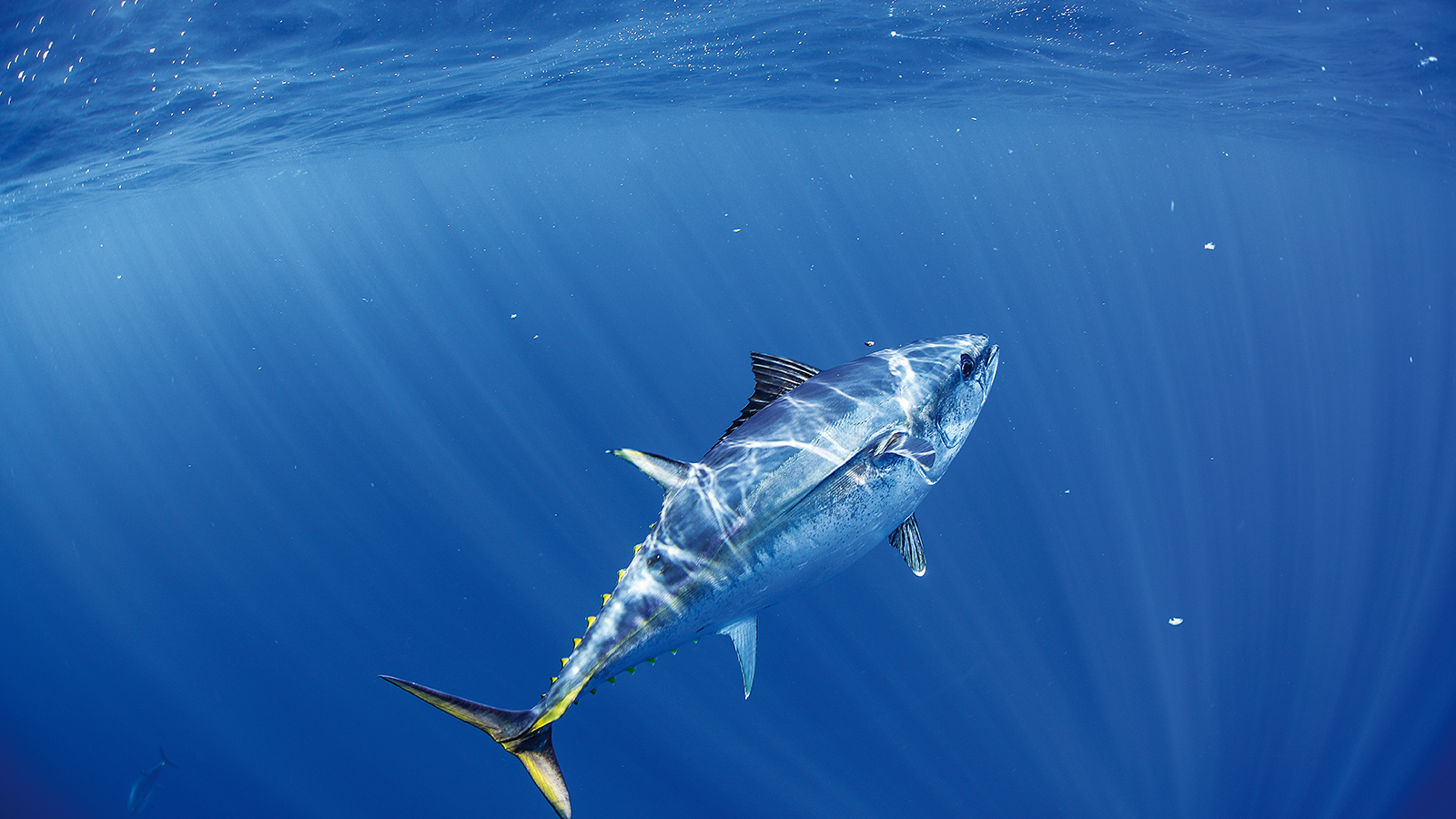Sustainable finfish aquaculture is dependent on a benthic environment that can assimilate and process farm particulate wastes. As outlined above, in MH, bottom and mid water DO levels have reached very low levels and we have observed an associated increase in the presence of bacterial mats and a significant decline in the abundance and diversity of benthic fauna. As a consequence, multiple cage sites across the harbour are now subject to mandatory fallowing. The challenge facing farmers and regulators is understanding and predicting the length of fallowing required for benthic recovery; this has major implications for future stocking plans in the harbour. FRDC project 2014/038 and 2015/024 provide the benthic baseline over the past 2 years of farming; repeating these surveys following the observed decline in oxygen levels and fauna is needed to understand benthic recovery following fallowing. It is clear that DO levels have been, and will be, a major determinant of the benthic response over the coming months and years. Thus, it is imperative that real time observations of DO levels are coupled with the benthic observations. However, it is also extremely important to improve our understanding of the drivers of oxygen drawdown and recharge, including identifying the flushing rates of the various bays and basins in the harbour as it is not just how low the oxygen levels get, but also how long they stay low that will influence ecological outcomes. The existing CSIRO Hydrodynamic and Oxygen Transport Model can help to address these critical questions.
The future of salmon farming in Macquarie Harbour depends on its long term environmental sustainability. This project will help inform the likely effectiveness and duration of any given fallowing or remediation strategy, and as such is essential for both operational management of farming activities and the long-term management of the harbour.
Report
This report provides an update on the status of dissolved oxygen (DO) and benthic conditions in Macquarie Harbour. It follows on from the results outlined in the IMAS reports released in January, May, September 2017 and January 2018. These reports described a deterioration of benthic and water column conditions in Macquarie Harbour in spring 2016, early signs of faunal recovery observed in May 2017 and a subsequent decline in benthic conditions in spring 2017 when oxygen concentrations in middle and bottom waters returned to very low levels. Oxygen concentrations in the middle and bottom waters have since improved through the summer of 2017/18 due to recharge events that commenced in late spring 2017. This report presents the results and preliminary interpretation of a repeat survey of benthic communities in January 2018 and DO monitoring data up until the beginning of May 2018. This work is part of the research project (FRDC Project 2016-067: Understanding oxygen dynamics and the importance for benthic recovery in Macquarie Harbour to address these needs) funded by the Fisheries Research Development Corporation with the support of both industry and government (EPA and DPIPWE); the scope and funding for the project was recently extended for a further two years (until April 2020).








